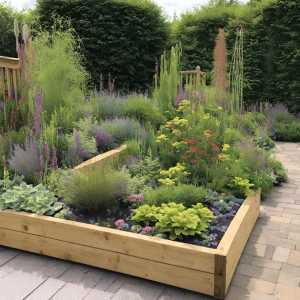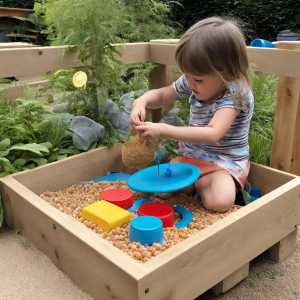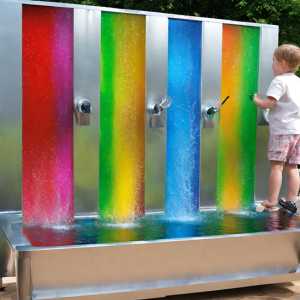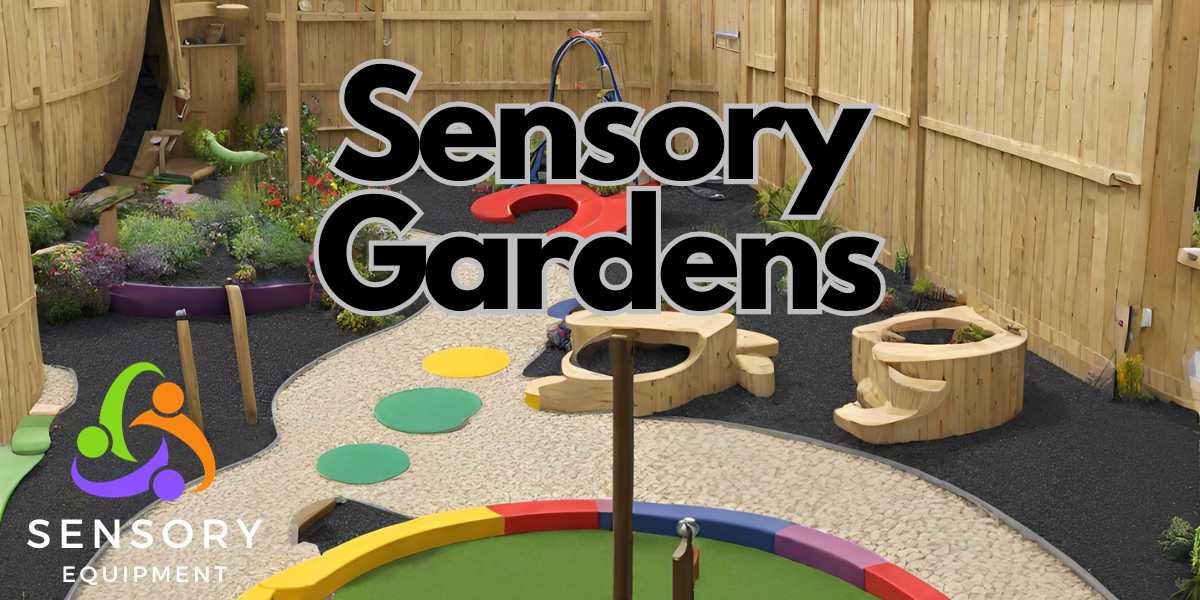Outdoor sensory gardens can provide numerous benefits for individuals with complex needs, including those with developmental disabilities, sensory processing disorders, or other special requirements. These gardens are carefully designed to engage and stimulate the senses, providing a therapeutic and enriching environment. Here are some of the benefits:
Sensory Stimulation:
Outdoor sensory gardens offer a wide range of sensory experiences, including tactile (touch), auditory (sound), visual (sight), olfactory (smell), and gustatory (taste) sensations. These sensory experiences can be highly beneficial for individuals with complex needs, helping to improve sensory processing and integration.
Calming and Relaxation:
The natural elements and soothing sounds of an outdoor sensory garden can have a calming effect, reducing anxiety and stress. This can be particularly helpful for individuals who may be easily overwhelmed by their surroundings.
Motor Skills Development:
Sensory gardens often include various elements that encourage physical activity, such as walking paths, climbing structures, and balance beams. These activities help individuals with complex needs improve their motor skills and coordination.
Social Interaction:
Outdoor sensory gardens can serve as spaces for social interaction and peer engagement. They offer a safe and welcoming environment for individuals to connect with others and build social skills.
Cognitive Stimulation:
Sensory gardens can enhance cognitive skills by providing opportunities for problem-solving, exploration, and creative play. The engagement with different textures, colours, and natural elements can support cognitive development.
The Puddle Projects Sensory Garden and Forest Playgroup, a specific example, may include various items or features tailored to cater to individuals with complex needs. While I don’t have specific information about The Puddle Projects Sensory Garden and Forest Playgroup, here are five common items that could be included in an outdoor sensory garden for such individuals:
Sensory Pathways:
Incorporate paths or walkways with various textures, like smooth stones, soft grass, or wooden planks, to stimulate tactile sensations and support motor development.
Sensory Plants:
Plant fragrant herbs and flowers that engage the sense of smell and vibrant, colourful plants to appeal to the sense of sight.
Water Features:
Include a small pond, bubbling stream, or fountains to provide calming auditory input and opportunities for water play.
Outdoor Seating and Rest Areas:
Design cosy nooks with sensory-friendly seating like hammocks, bean bags, or swings for relaxation and social interaction.
Tactile Play Stations:
Install stations with interactive tactile elements, such as sand tables, textured walls, or interactive panels that encourage exploration and creative play.



When creating an outdoor sensory garden for individuals with complex needs, it’s essential to consider their unique preferences and requirements, ensuring the space is inclusive, safe, and accommodating. Additionally, consulting with experts or organisations like The Puddle Projects Sensory Garden and Forest Playgroup can provide valuable insights and guidance in designing a truly beneficial environment.





